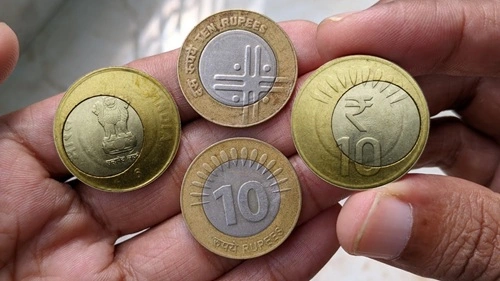The Rajputs are one of the most well-known warrior communities of India, historically recognised for their role in shaping the political and cultural landscape of northern, central, and western parts of the country. While they are remembered for their martial traditions, dynasties, and princely states, the question of their exact population in present-day India has often been a subject of curiosity and debate. Since independent India does not publish caste-specific population data in detail (except for Scheduled Castes and Scheduled Tribes), figures regarding the Rajput population are based on estimates from surveys, historical records, and community organisations.
Estimated Population
The Rajput population is spread across many states, with the highest concentration in Rajasthan, Uttar Pradesh, Bihar, Himachal Pradesh, Uttarakhand, Madhya Pradesh, Gujarat, Haryana, and Jammu & Kashmir. Various estimates suggest that Rajputs make up 4% to 6% of India’s total population. Considering India’s population of over 1.4 billion (2023), this would mean roughly 60–80 million Rajputs in the country. However, these are broad estimates, as there is no precise, government-published number for the Rajput community after the 1931 Census, which was the last detailed caste census in British India.
Regional Distribution
- Rajasthan – Known as the traditional homeland of the Rajputs, the community has a strong presence here. The state is famous for Rajput kingdoms such as Mewar, Marwar, and Amber, which played key roles in medieval Indian history.
- Uttar Pradesh & Bihar – Large numbers of Rajputs reside in eastern and central Uttar Pradesh, as well as in parts of Bihar. In these states, Rajputs hold significant influence in politics and land ownership.
- Himachal Pradesh & Uttarakhand – Rajputs form a sizeable share of the population in the hill regions, historically linked with small principalities and warrior clans.
- Gujarat, Haryana, Madhya Pradesh, and J&K – Rajputs also form notable minorities in these regions, often associated with local ruling dynasties and agrarian communities.
Historical Significance
The Rajputs rose to prominence from around the 6th century CE onwards, establishing several powerful kingdoms across north-western India. Their history is marked by resistance against invasions, patronage of art and architecture, and contributions to Indian literature and culture. Famous figures like Maharana Pratap of Mewar and Prithviraj Chauhan of Delhi are celebrated as symbols of Rajput valour.
Social and Political Role Today
In contemporary India, Rajputs are classified as part of the forward or general category in most states, though in some regions sub-groups fall under the Other Backward Classes (OBC) list. The community remains politically influential, especially in states like Rajasthan and Uttar Pradesh, where Rajputs have historically held significant representation in legislative assemblies and parliamentary politics.
Conclusion
The Rajput community, with an estimated population of around 60–80 million, forms one of the largest traditional warrior groups in India. While the absence of updated caste census data makes it difficult to state exact numbers, their demographic strength, combined with a rich legacy of history and culture, ensures that Rajputs continue to play a prominent role in India’s social and political fabric.
Disclaimer: The population figures mentioned in this article are based on estimates from surveys, academic studies, and community reports, as the Government of India does not publish official caste-wise census data after 1931 (except for Scheduled Castes and Scheduled Tribes). These numbers should be treated as approximate and for informational purposes only.

